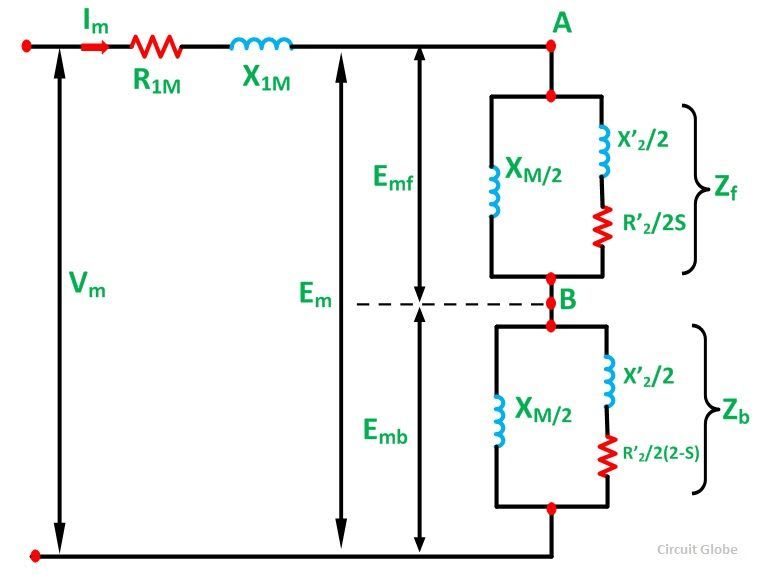AR.
Electrical
- Feb 28, 2021
- 14
Hi
I have a single phase electric motor. I got it from a friend that did not use it for a while. I cleaned it up and it sounds that all components are ok. I removed all dusts and add some oils to the bearings.
bearings are ok. I cleaned the connectors and checked them all and all sounds good.
I did a beep test to find the connections between coils and wires. what I find is two separated coil, one with 2.5 Ohm resistance (blue - Yellow) and second one with 3.1 ohm (Black-Red).
I far as i understood, the 3.1 ohm coil is the starter coil as it goes to starter capacitor. the motor runs well and no noise comes out from motor. it turns well and the torque sounds good.
Here is the problem:
the full load current is 6.4 A based on the motor characteristics label but when I run the Motor with No load, its current reach o 7.2 A !!!!
after 5 to 10 min operation, the motor case get hot. as it is class B motor, it can reach to 80 C. But I think there might be something wrong as it took too much current under no load test and the generated heat sounds weird.
I though it might be due to centrifugal switch mechanism and electrodes that do not well operate.I tried to check if the centrifugal switch. I can hear that it operates and due to good start, it should be fine but I can not check if the start coil well disconnect or not (should be ok)
some photos is attached to see the motor conditions. the schematic is based on what I tracked on wire management board and it sounds ok for me.
I did all I can based on my knowledge and experiences (Not too much) but I do not know what could be the problem.
any comments or idea is highly appreciated.
Waiting for your feedbacks
I have a single phase electric motor. I got it from a friend that did not use it for a while. I cleaned it up and it sounds that all components are ok. I removed all dusts and add some oils to the bearings.
bearings are ok. I cleaned the connectors and checked them all and all sounds good.
I did a beep test to find the connections between coils and wires. what I find is two separated coil, one with 2.5 Ohm resistance (blue - Yellow) and second one with 3.1 ohm (Black-Red).
I far as i understood, the 3.1 ohm coil is the starter coil as it goes to starter capacitor. the motor runs well and no noise comes out from motor. it turns well and the torque sounds good.
Here is the problem:
the full load current is 6.4 A based on the motor characteristics label but when I run the Motor with No load, its current reach o 7.2 A !!!!
after 5 to 10 min operation, the motor case get hot. as it is class B motor, it can reach to 80 C. But I think there might be something wrong as it took too much current under no load test and the generated heat sounds weird.
I though it might be due to centrifugal switch mechanism and electrodes that do not well operate.I tried to check if the centrifugal switch. I can hear that it operates and due to good start, it should be fine but I can not check if the start coil well disconnect or not (should be ok)
some photos is attached to see the motor conditions. the schematic is based on what I tracked on wire management board and it sounds ok for me.
I did all I can based on my knowledge and experiences (Not too much) but I do not know what could be the problem.
any comments or idea is highly appreciated.
Waiting for your feedbacks

